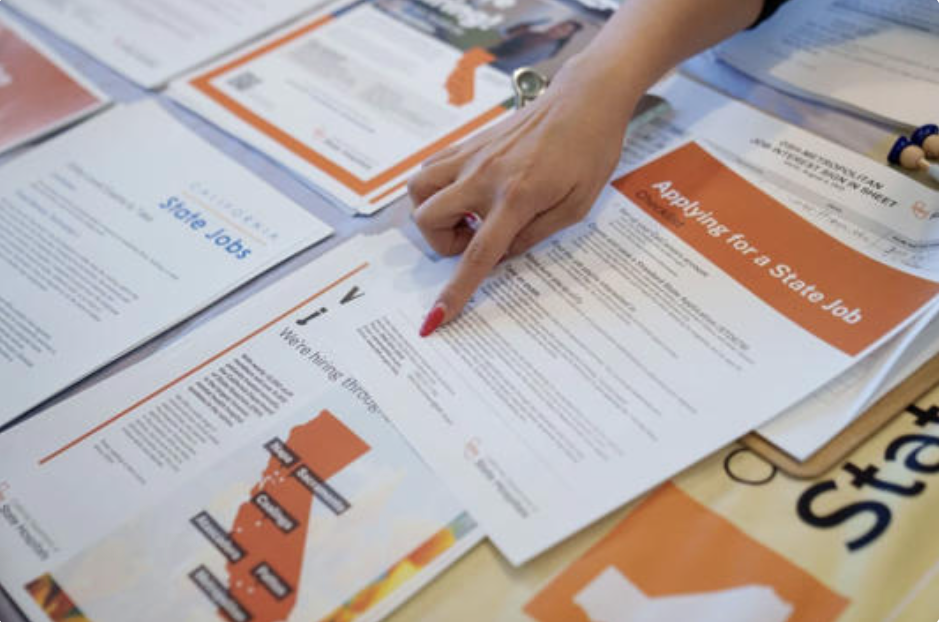U.S. job growth rebounded in August from levels that were softer than initially reported this summer, leaving the Federal Reserve on track to begin a series of rate cuts when officials meet later this month.
The economy added 142,000 jobs, according to the Labor Department, an uptick from July data that sparked slowdown fears and jarred global financial markets. The unemployment rate in August ticked lower to 4.2%.
In an additional sign that summertime hiring was weak, the Labor Department revised down its estimates for June and July job growth by a combined 86,000 jobs.
The latest report was heavily anticipated on Wall Street because a weak reading could have pushed Fed officials to begin a likely series of rate reductions this month with a larger half-percentage-point cut rather than a more-traditional quarter-point cut. The headline figures in August likely weren’t weak enough to do that, but the negative revisions to reported job growth for June and July didn’t neatly answer investors’ question over the size of the initial cut.
Stocks and bond yields wavered following Friday’s report, which undershot economists’ expectations for jobs growth of 161,000.
In a speech that started shortly after the jobs numbers came out, New York Fed President John Williams echoed the recent message of other Fed officials, that rate cuts are coming soon. He didn’t directly address the size of the first reduction but didn’t indicate a sense of great urgency that could compel a larger cut.
“The data today is consistent with what we’ve been seeing—a slowing economy, a cooling off in the labor market,” said Williams, who is a top ally of Fed Chair Jerome Powell. Williams said the Fed could now focus on lowering rates “over time” to a setting that neither stimulates nor restrains the economy.
August’s job gains were led by hiring in construction and healthcare. The labor-force participation rate held steady. Year-over-year wage gains ticked upward to 3.8%.
Friday’s report was one of the most highly anticipated economic indicators in years, arriving as analysts try to gauge the outlook of the U.S. economy after a historic inflation fight.
Since 2022, investors and central bankers had fixated on inflation for signals of stress. But as price pressures tapered in recent months, economists turned their attention to troubling signs in a labor market that had delivered widespread rewards to Americans in the form of better pay and productivity.
A month ago, the weaker-than-expected July hiring report rekindled fears of a slowdown. Job openings have slipped. The streak of cool economic data startled Wall Street in early August and contributed to a global selloff that briefly thrust the record-breaking U.S. stock market into one of its most volatile periods in years.
The big question in recent weeks has been whether the summer jolt was momentary—perhaps a result of Hurricane Beryl curbing hiring—or evidence of a broader deceleration of the economy.
The answer promises to be a potent issue in the presidential campaign, where Vice President Kamala Harris is broadly pitching an extension of President Biden’s agenda and GOP nominee Donald Trump promises a return to his prepandemic economy.
